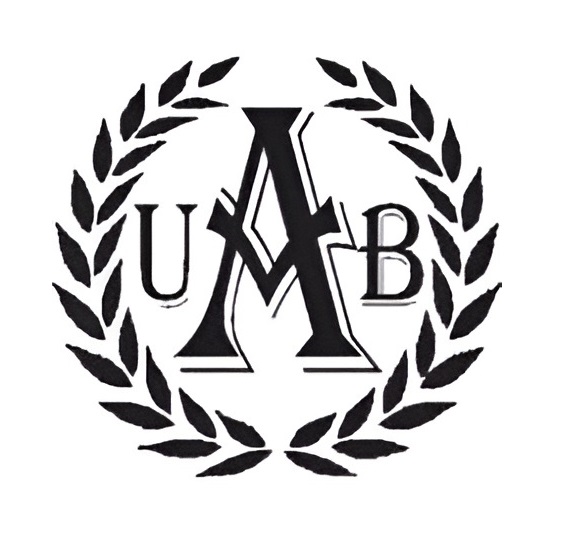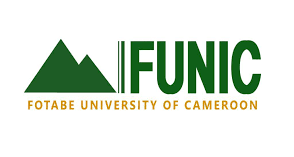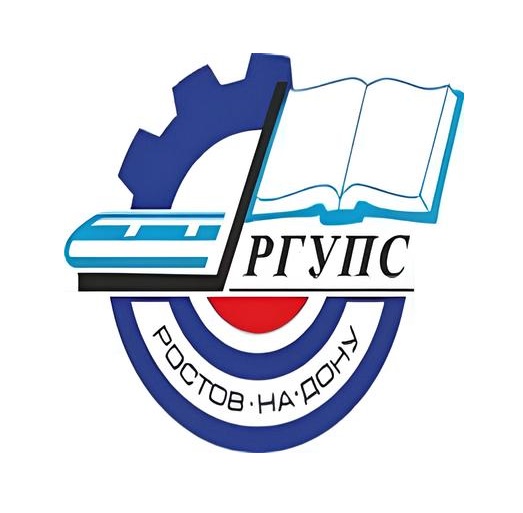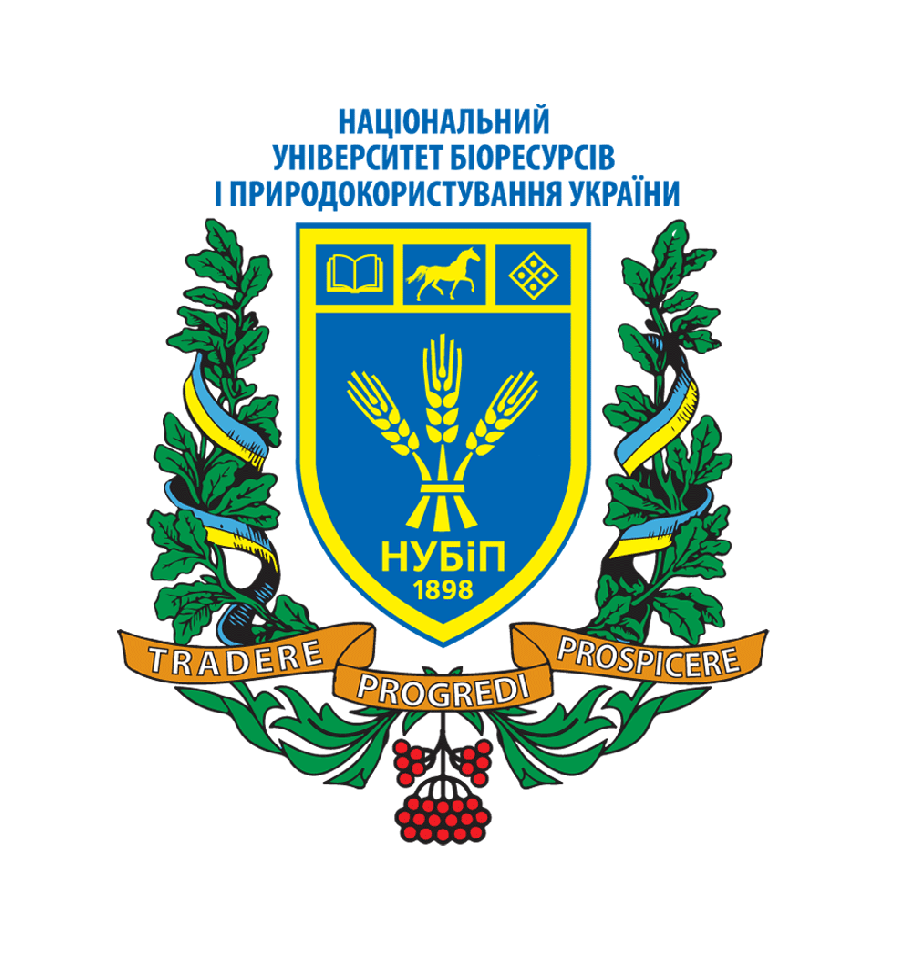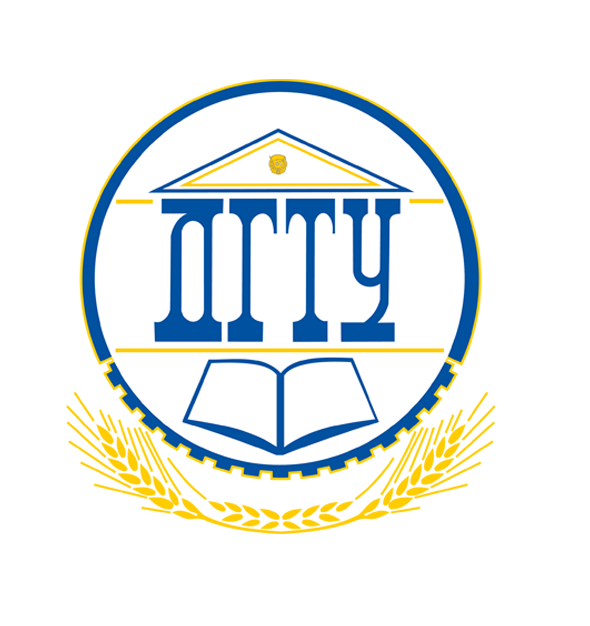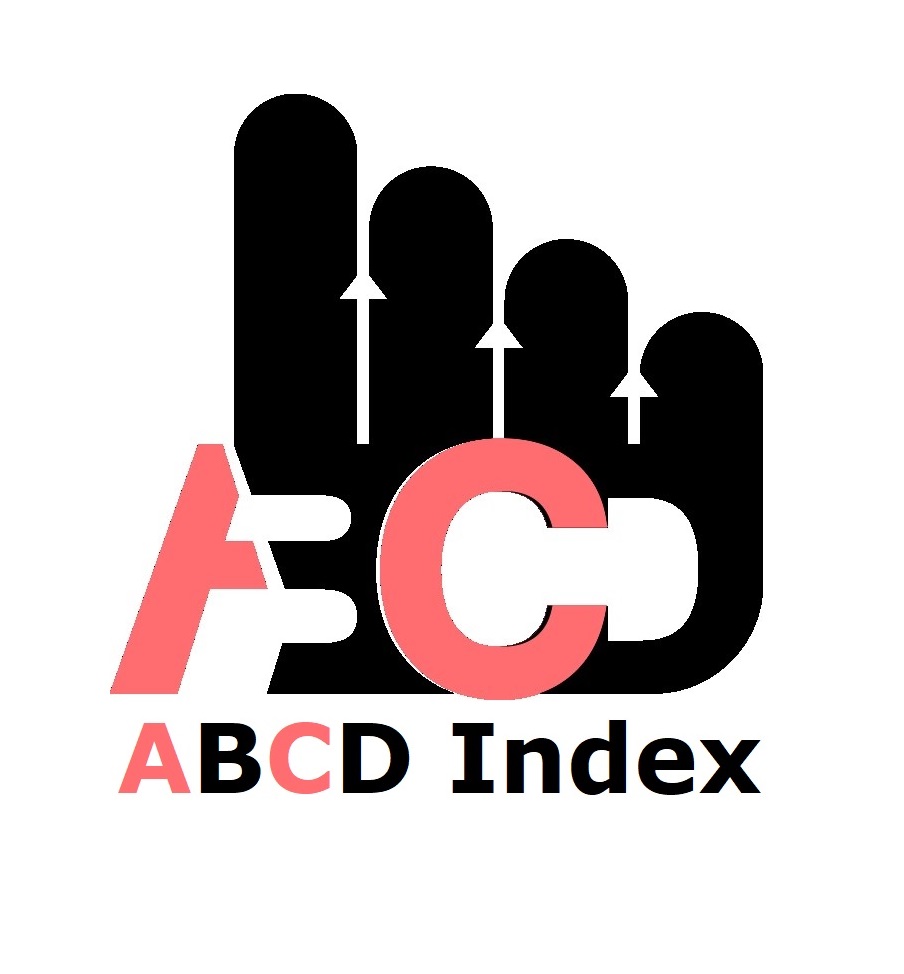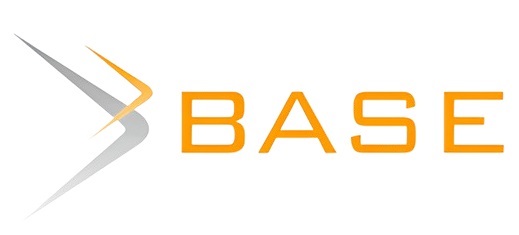Influence of Teacher Characteristics on the Implementation of Inclusive Education in Public Primary Schools in Bumula Sub-County, Kenya
Keywords:
Inclusive Education, Personal Attributes, Teacher Characteristics, Teacher’s Qualification, Teacher’s SkillsAbstract
Education has been, recognized as basic human right by many world societies. This includes persons having difficulties in education. In spite of this inclusivity of students living with disabilities in schooling is, faced with many challenges. This study therefore looked at the influence of teacher characteristics on the implementation of inclusive education in public primary schools in Bumula Sub-County. Classical liberal theory was, employed in this study since it advocates for equal opportunities to all people in the society. This study targeted total population of 20,125 people with and without disabilities from the 126 public primary schools practicing inclusivity in education. Using Morgan and Krejcie table the study sample size was 379 respondents. A descriptive survey design was embraced utilizing quantitative approaches. Data for this study was, acquired via questionnaires for teachers and learners. Quantitative data from the questionnaires was cleaned, coded and inserted in the computer for analysis utilizing Statistical Package for Social Sciences (SPSS) version 26. The product of the data collected was, analyzed and presentations shown by percentages, frequency distribution tables, bar graphs and charts settling on the objectives and research questions of this study. The Coefficient of Determination (R square) stood at 0.758, which means that about 75.8% of the proportion of total variations in the implementation of inclusive education was explained by teacher characteristics. The coefficient (β = 0.261) for teacher characteristics was found to be statistically significant (t = 3.831, p = 0.002) at a 95% confidence level (α = 0.05), indicating a notable relationship with the implementation of inclusive education in public primary schools. This study advocates for a deeper exploration of school-based dynamics, aligning with classical Liberal Theory principles, to further bolster the adoption of inclusive education practices. The study recommends more pursuit of school-based dynamics as demonstrated in the Classical Liberal Theory to enhance implementation of inclusive education. Investors, management, government, researchers and academicians would greatly benefit from this study as it provides viable insights that could guide decisions to serve their interests on the critical subject of enhanced implementation of inclusive education.
Published
How to Cite
Issue
Section
Copyright (c) 2024 Alice Aloosi Simiyu, Dr. Ronald Werunga Kikechi

This work is licensed under a Creative Commons Attribution-NonCommercial 4.0 International License.
Most read articles by the same author(s)
- Naomi Khakayi Magwaga, Ronald Werunga Kikechi, Physical Facility Availability and Students’ Academic Performance in Public Secondary Schools in Trans Nzoia East Sub-County, Kenya , African Journal of Empirical Research: Vol. 5 No. 4 (2024): Oct-Dec 2024
- Lorraine Khavetsa Ingosi, Silas Chepkwony, Ronald Werunga Kikechi, Parental Provision of Academic Tools and Pupils’ Academic Achievement in Public Secondary Schools in Navakholo Sub-County, Kenya , African Journal of Empirical Research: Vol. 5 No. 3 (2024): Jul-Sep 2024
- Sellah Atieno Mutsoli, Dr. Ronald Werunga Kikechi, Effect of Teaching Strategies on Academic Performance of Learners with Special Needs in All Public Primary Schools in Emuhaya Sub-County, Vihiga County, Kenya , African Journal of Empirical Research: Vol. 5 No. 3 (2024): Jul-Sep 2024
- Saida Shiundu, Dr. Ronald Werunga Kikechi, Delayed Speech Development and Academic Performance of Autistic Learners in Special Schools in Bungoma County, Kenya , African Journal of Empirical Research: Vol. 5 No. 3 (2024): Jul-Sep 2024









